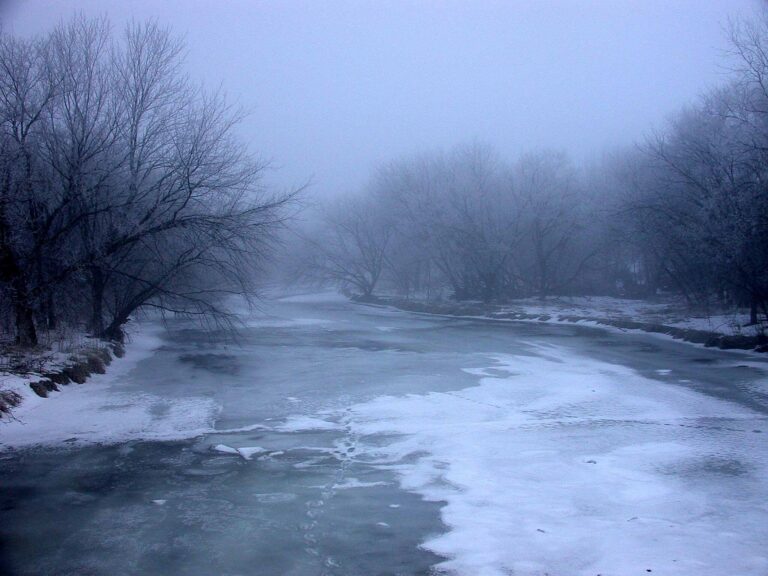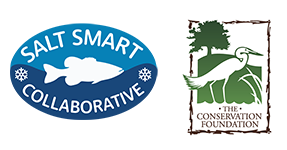Winter Professionals are adjusting their operations to use more best management practices, also known as Salt Smart Practices, to keep parking lots and sidewalks safe during winter storms and reduce wasted salt. In this blog, we’ll explore several innovative snow clearing techniques that allow for more efficient winter maintenance.
Preparing for Storms
Before winter begins, snow clearing crews, whether they work for a business, Park District, or School District, take proactive steps to prepare for winter. They update their Snow and Ice Plans and prepare facility maps, outlining protocols to keep parking lots and sidewalks clear. They train key staff each year so they are up-to-date on Salt Smart Practices. Staff calibrate salt spreading equipment to document and verify application settings. Routine calibration ensures accurate salt use during a storm.
Many winter professionals receive advanced winter weather forecasts to better predict the conditions during a winter weather event. This helps them prepare for the storm and be ready to act when the storm hits.
Anti-Icing: Getting a Head Start
When winter weather is predicted, snow clearing crews are turning to Anti-Icing before the storm arrives. Anti-icing involves spraying a liquid deicer on parking lots and sidewalks before a storm. This prevents snow from bonding to the pavement and results in less hard pack formation. As a result, plowing becomes more efficient, and surfaces can be cleared faster during and after the storm.

Tools for Clearing Snow
One of the best ways to keep our parking lots and sidewalks clear is to clear snow off the pavement surface. Winter professionals can select from a variety of tools, including plows, shovels, ice scrapers, brooms, brush attachments for UTVs or ride along equipment, or snow blowers. Our winter professionals can choose the best tool for the conditions and size of area they are clearing. This means they can be efficient with their operations to clear snow and ice for safe surfaces.
The Right Deicers for the Right Conditions
After clearing with physical tools, communities use deicers, like salt to help break up any hard pack and clear remaining snow for safe road surfaces. By measuring pavement temperatures, winter professionals can follow the three “R”s: the right material for the right conditions applied at the right time. This means they are able to be Salt Smart and only use what they need to get the job done.
Using Liquids for Better Results
Snow contractors, park districts, and other clearing crews are also embracing liquid deicers during and after the storm. Because liquid deicers are already dissolved into a liquid solution, they begin working immediately. Liquid deicers stay where they are applied unlike dry granular materials that often bounce and scatter off the surface as they are applied. Therefore, liquids allow for less waste, less damage to landscaping, and less clean-up inside from salt tracked into the building.
Why are you seeing these changes?
Road salt damages both our built and natural environments. Thanks to Salt Smart Practices, we can waste less salt while creating safe surfaces and protecting the environment. As more communities and contractors adopt these best management practices, aka Salt Smart Practices, you’re going to see less dry salt on our roads, parking lots, and sidewalks and instead see more liquid deicers being applied. Safety always comes first, and by using Salt Smart Practices, our winter professionals are able to provide safe surfaces while protecting our built and natural environments.





